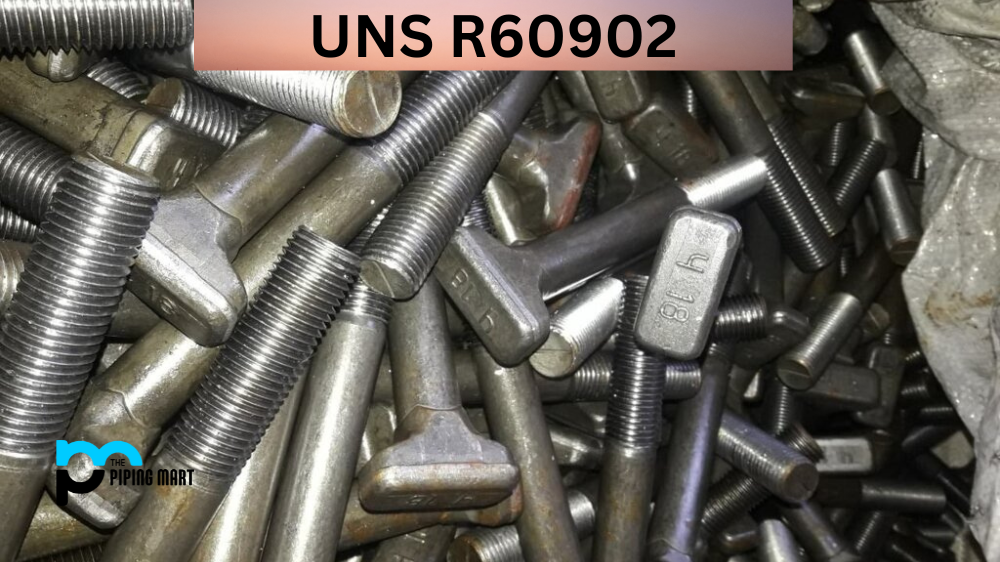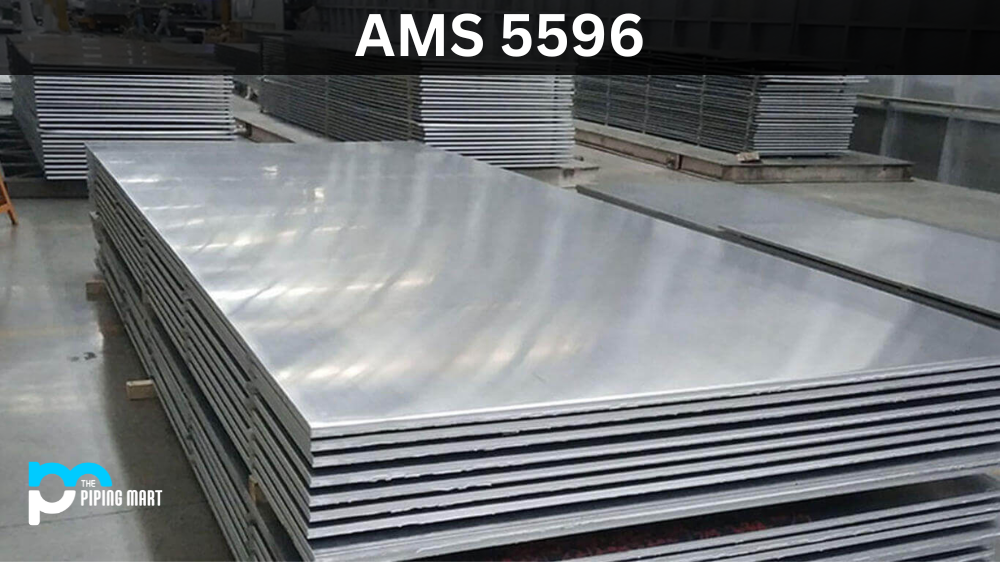When choosing the right materials for your manufacturing processes, understanding the different properties of each type of metal can help guarantee a well-produced, reliable end product. UNS C62500 aluminium bronze is an alloy gaining popularity due to its excellent corrosion-resistant properties and high strength and ductility. Here, we’ll dive into the composition, physical and mechanical properties, uses, and more.
UNS C62500 Aluminum Bronze Composition
UNS C62500 aluminium bronze comprises copper, aluminium, iron, nickel, and manganese. These elements are meticulously combined in specific proportions to strengthen the alloy and give it its corrosion-resistant properties. Generally, this bronze comprises about 77.0 – 79.5% copper, 5.5 – 7.5% aluminium, 3.0 – 5.0% nickel, and 2.0 – 4.0% iron, with the remaining amount being manganese.
| Element | Content (%) |
|---|---|
| Copper, Cu | 82.7 |
| Aluminium, Al | 12.5-13.5 |
| Iron, Fe | 3.5-5.0 |
| Manganese, Mn | ≤2.0 |
| Other | ≤0.5 |
UNS C62500 Aluminum Bronze Physical Properties
This alloy has a relatively high density and a melting point of about 1040°C. It also shows a low coefficient of linear thermal expansion, resulting in its resistance to the thermal expansion that can arise with temperature changes. It’s a great conductor of thermal conductivity, making it an ideal choice for industrial and electrical applications. In addition, this bronze is known for its excellent resistance to wear and tear.
| Properties | Metric | Imperial |
|---|---|---|
| Density | 7.21 g/cc | 0.260 lb/in³ |
| Melting point | 1047°C | 1917°F |
UNS C62500 Aluminum Bronze Mechanical Properties
UNS C62500 aluminium bronze has excellent mechanical properties. It boasts high strength and ductility, allowing manufacturers to shape and form the alloy. It has a yield strength of about 300 MPa and a tensile strength of around 800 MPa. The high elongation properties of this alloy make it an excellent option for heavy manufacturing industries, such as the production of marine equipment.
| Properties | Metric | Imperial |
|---|---|---|
| Hardness, Rockwell C | 27 | 27 |
| Tensile strength (M30 and O61 tempers) | 690 MPa | 100000 psi |
| Yield strength (M30 and O61 tempers) | 380 MPa | 55100 psi |
| Elongation at break (in 50 mm, 1% reduction in area) | 1.00% | 1.00% |
| Elastic modulus | 117 GPa | 17000 ksi |
| Compressive yield strength (at permanent set of 0.1%) | 450 MPa | 65300 psi |
| Compressive yield strength (at permanent set of 1%) | 880 MPa | 128000 psi |
| Poisson’s ratio | 0.34 | 0.34 |
| Charpy impact (@ 18.0 – 100°C/ -0.400 – 212°F, keyhole) | 3.00 J | 2.21 ft-lb |
| Izod impact (@ 18.0 – 100°C/ -0.400 – 212°F) | 3.00 J | 2.21 ft-lb |
| Fatigue strength (@# of cycles 1.00e+8, M30 temper) | 460 MPa | 66700 psi |
| Machinability (UNS C36000 (free-cutting brass) = 100) | 20 | 20 |
| Shear modulus | 42.3 GPa | 6140 ksi |
UNS C62500 Aluminum Bronze Thermal Properties
| Properties | Metric | Imperial |
|---|---|---|
| Thermal expansion co-efficient (@ 20-300°C/68-572°F) | 16.2 µm/m°C | 9.00 µin/in°F |
| Thermal conductivity (@ 20°C/ 68°F) | 38.9 W/mK | 270 BTU in/hr.ft².°F |
UNS C62500 Aluminum Bronze Uses
UNS C62500 aluminium bronze is utilized in a wide range of industrial settings. It’s commonly used to manufacture industrial piping, marine engines, and valve parts, among other things. It’s also a suitable and popular choice for high-stress applications in jet engine manufacturing. Additionally, it’s a great alternative for leaded-bronze alloys, making it an excellent choice for producing brackets, bushings, and various electrical components that generally require high-strength properties.
UNS C62500 Aluminum Bronze Hardness
This alloy has high hardness, ranging from 150 to 250 HB, making it an outstanding metal for machinery wear components. Its superior strength makes it the best-preferred alloy for manufacturing heavy industrial gears.
UNS C62500 Aluminum Bronze Heat Treatment
UNS C62500 aluminium bronze does not require heat treatment. It’s recommended to anneal the alloy in its final phase to promote easy machining.
UNS C62500 Aluminum Bronze Welding
Welding a UNS C62500 Aluminum Bronze is feasible, but it cannot be easy. To prevent cracking, fusion welding is preferred over gas-shielded arc welding. If welding is necessary, it’s essential to employ matching filler metals to guarantee that their thermal expansion coefficients are close.
UNS C62500 Aluminum Bronze Corrosion Resistance
The alloy is naturally corrosion-resistant, forming an oxide layer on the surface. UNS C62500 aluminium bronze has excellent resistance to seawater, biofouling, and corrosion, making it suitable for marine environments.
Conclusion
UNS C62500 aluminium bronze alloy is a fantastic metal for industrial and electrical applications. The alloy’s superb mechanical and physical properties make it an excellent alternative to leaded-bronze alloys, and its resistance to seawater and corrosion makes it perfect for marine environments. Maintaining the right welding procedures and matching filler metals is critical to avoid significant rework or damage to the final product. Regardless of the specific type of manufacturing, UNS C62500 aluminium bronze is a great choice for creating high-quality, reliable products.

Meet Bhavesh, a seasoned blogger with a wealth of knowledge and experience. From metal products manufacturing to retail, Bhavesh has a diverse background in various industries and is dedicated to sharing his insights and expertise with readers.




